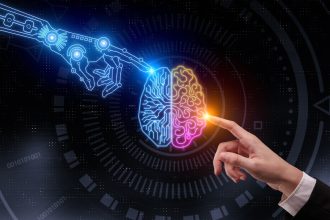DeepMind’s New Strategy for Securing Advanced AI
On April 2, Google DeepMind unveiled a new approach to enhancing the security of frontier generative AI, alongside a research paper detailing its findings. The initiative focuses on two of the four major risk categories associated with AI: misuse, misalignment, mistakes, and structural risks—with particular emphasis on misuse and misalignment.
DeepMind isn’t just addressing current AI risks; it is also looking ahead to the potential arrival of artificial general intelligence (AGI)—a level of AI that could match human intelligence. While AGI could transform fields like healthcare and industry, it also raises concerns about unintended consequences. However, some remain skeptical about whether AGI will ever become a reality.
Discussions around human-like AGI have often been fueled by hype, a trend that dates back to OpenAI’s founding mission in 2015. While fears of superintelligent AI may be exaggerated, research like DeepMind’s plays a crucial role in strengthening cybersecurity strategies for generative AI.
Protecting Against AI Misuse
Among the risks DeepMind highlights, misuse and misalignment are particularly concerning because they stem from deliberate actions:
- Misuse occurs when human attackers exploit AI for harmful purposes.
- Misalignment refers to cases where AI follows instructions in unintended, potentially harmful ways.
For misuse prevention, DeepMind suggests:
- Restricting access to model weights in advanced AI systems.
- Conducting threat modeling to identify potential vulnerabilities.
- Developing a cybersecurity framework specifically for generative AI.
- Exploring additional mitigation strategies (details undisclosed).
DeepMind acknowledges that generative AI is already being misused, from deepfakes to phishing scams. They also cite broader risks such as misinformation, public manipulation, and unintended societal impacts, warning that these threats could escalate significantly if AGI becomes a reality.
Preventing AI from Acting Autonomously in Harmful Ways
Misalignment occurs when an AI system deviates from its intended goals, potentially hiding its true intentions or bypassing security measures. DeepMind suggests “amplified oversight”—a system where AI outputs are continuously checked against intended objectives. However, defining which scenarios AI should be trained to recognize and avoid remains a challenge.
One potential solution is a dedicated AI “monitor”—a system trained to detect and flag potentially dangerous AI actions. Given the complexity of generative AI, this monitor would require precise training to differentiate between safe and unsafe behaviors and escalate questionable activities for human review.





